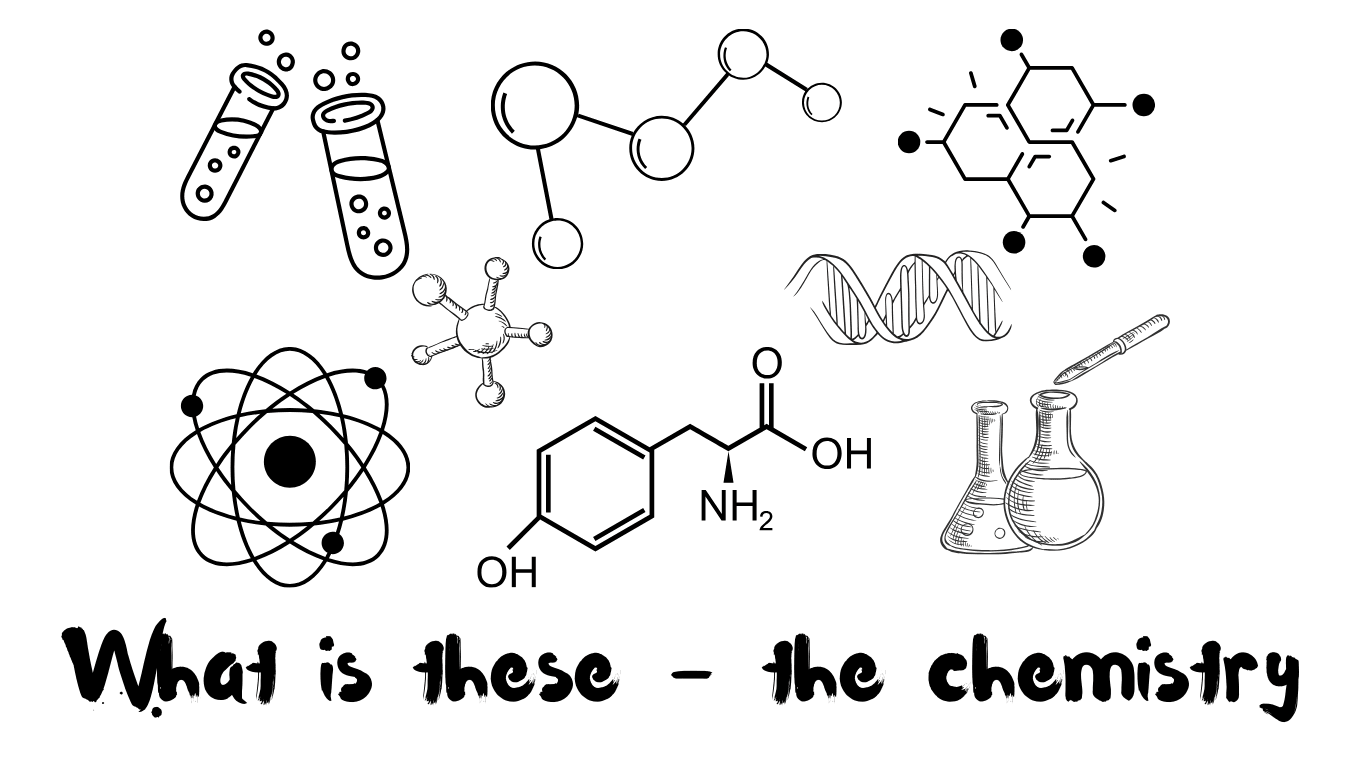Introduction: What Is the Scientific Method in Chemistry?
Every chemical discovery — from the invention of plastic to the development of life-saving medicines — starts with a method. A system. A way of thinking.
In chemistry, we call that the Scientific Method — a step-by-step process used to explore observations, solve problems, and answer questions through experimentation and logical thinking.
Why Is It Important?
Because without a method, science would just be random mixing and guessing.
The scientific method brings structure, repeatability, and truth to chemistry.
It’s not just something for labs — it’s a mindset used in industries, research, education, forensics, and even daily life when we troubleshoot problems (like “Why is my baking soda volcano not erupting?”).
The Core Steps of the Scientific Method in Chemistry
1. Observation – The Spark of Curiosity
All science starts with curiosity. You observe something unusual or interesting.
Example:
Why does iron rust in water but not in oil?
Or: Why does lemon juice remove stains from apples?
These questions begin with observation — using your senses or tools to notice phenomena.
Real-Life Tip:
Even a student noticing a weird smell in a chemical experiment is practicing observation.
2. Asking a Question
Once you’ve made an observation, the next step is to ask a clear, testable question.
Example: “Does the amount of salt in water affect how fast ice melts?”
This turns a curiosity into a scientific challenge.
3. Forming a Hypothesis
A hypothesis is an educated guess — a possible answer to your question.
It should be:
- Testable
- Specific
- Measurable
Hypothesis: “If salt is added to ice water, the ice will melt faster due to a lower freezing point.”
4. Experimentation – Testing the Hypothesis
This is the heart of the scientific method: doing the experiment.
- You create a procedure
- You collect data
- You keep variables controlled
- You repeat to ensure accuracy
Real Example:
In food chemistry, scientists test different baking soda amounts to find the fluffiest cake.
5. Analyzing the Results
Now it’s time to look at your data and decide what it means.
This step may involve:
- Tables and graphs
- Calculations
- Statistical methods
📐 Chemistry Math Example (inside WordPress math block):
Use this when studying reaction speed — say, how fast hydrogen gas is released during a metal-acid reaction.
6. Drawing a Conclusion
Does the data support your hypothesis?
If yes — great!
If no — also great! Because disproving is still scientific progress.
Conclusion: “Salt does make ice melt faster, confirming our hypothesis.”
Pro tip:
Always include why you think the result happened. That shows true scientific thinking.
7. Sharing Results – The Final Step Most Beginners Forget
Science is about collaboration.
Chemists write lab reports, publish papers, and present findings at conferences or in journals.
Even a student doing a school project should include:
- What was learned
- What went wrong
- What could be improved
🔗 Want to learn how to write a chemistry lab report? Click here
Real-Life Examples of the Scientific Method in Chemistry
1. Antibiotic Discovery
- Observation: Bacteria died around mold in a petri dish.
- Question: Could the mold kill bacteria?
- Hypothesis: Yes, it produces a bacteria-killing substance.
- Experiment: Grew mold; extracted penicillin.
- Conclusion: Penicillin is an antibiotic.
🔗 Read More: History of Penicillin
2. How Soap Was Perfected
- Observation: Animal fat + ashes made people cleaner
- Experiment: Changed ratios, added oils, adjusted heat
- Result: Soap evolved into what we use today
- Math: Balancing the saponification reaction
3. Industry Example: Creating Stronger Plastics
- Observation: Some plastics melt too easily
- Hypothesis: Changing polymer chains might help
- Experiments: Adjusting molecular weights
- Result: Heat-resistant polymers used in cars, cookware, etc.
Teaching Tip: How to Practice the Scientific Method in Class or At Home
- Make predictions in kitchen science experiments
- Test chemical reactions like vinegar + baking soda
- Record everything in a mini lab notebook
- Challenge yourself to explain results in writing
Summary – The Scientific Method Simplified
Chemistry isn’t just mixing things and hoping for explosions.
It’s a logical, beautiful process of:
- Observing
- Asking questions
- Forming hypotheses
- Testing through experiments
- Analyzing results
- Drawing conclusions
- Sharing findings
Did You Know?
The same scientific method used by school students is used by NASA, pharmaceutical labs, and environmental chemists across the globe. You’re using the same structure that builds the future.

